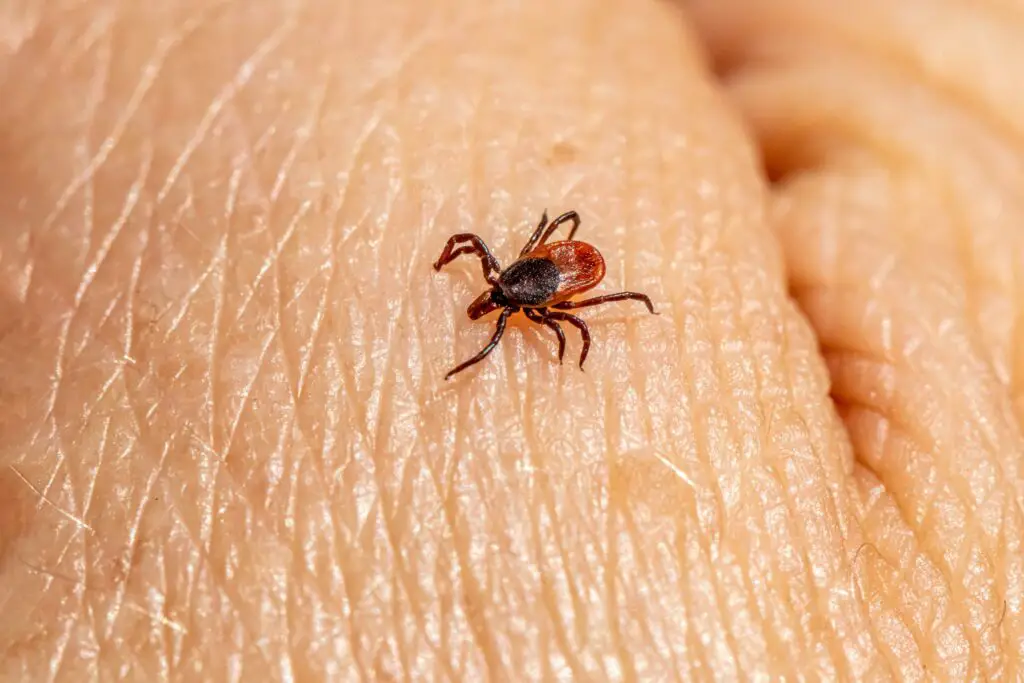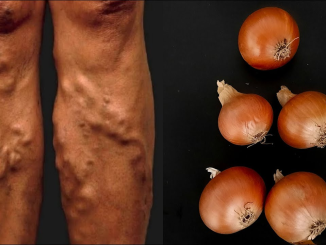Nature is the home to an incredibly versatile array of species, but ticks are definitely one of those that we tend to avoid at all costs.
These tiny arachnids, that are related to spiders, mites, and scorpions, are in fact parasites that survive by attaching themselves to larger animals and feeding on their blood. Humans aren’t spared either. Sadly, these insects carry harmful bacteria that can spread disease to people.
Sadly, tick-borne diseases are at an all-time high, with about 50,000 cases reported each year, and far more going unreported.

There are different types of ticks, and unfortunately, they sometimes find their way to people’s homes. The types most commonly found in homes are the black-legged tick, the dog tick, and the brown dog tick.
- Black-legged Ticks – known as deer ticks, these ticks are typically brown or black in color and have a flattened, oval-shaped body. They are commonly found in wooded areas and can transmit Lyme disease.
- Dog Ticks are larger and can range in color from brown to reddish-brown. They have a tough, shield-shaped body. Dog ticks can transmit diseases such as Rocky Mountain spotted fever.
- Brown Dog Ticks are brown in color and have a slender body.
Although the tick season is between March and October, or sometimes longer, we should be wary of this insects all year round. In fact,if beaten by a tick, a person can develop symptoms even after two or three months.

The bite itself isn’t painful and can cause swelling, itchiness, blistering, and bruising. The bad thing is that ticks also carry and transmit severe diseases, most commonly Lyme disease, as well as Rocky Mountain spotted fever, ehrlichiosis, and babesiosis.
Initially, Lyme disease develops as a circular red ‘bull’s eye’ rash around the site of a tick bite. However, not everyone gets a rash and you should also watch out for a flu-like illness with fever, headache, tiredness and general aches and pains.
The best way to prevent being bitten by a tick is to avoid tall grasses and areas where ticks thrive (such as moorlands and woodlands), especially during the warmer months.
In case you do get bitten, you should remove the tick as soon as possible in order to prevent infections.

These are some of the ways of safe removal.
- Use fine-tipped tweezers: Use clean, fine-tipped tweezers to grasp the tick as close to the skin as possible.
- Pull gently: Apply steady upward pressure, being careful not to squeeze or crush the tick. Aim to remove the tick in one smooth motion without twisting or jerking. Twisting or jerking can cause the tick’s head to break off and stay inside the skin, where it can still transmit disease.
- Clean the area: After removing the tick, clean the affected area with soap and water or an antiseptic solution. Monitor the site of the bite for any signs of infection or a rash, and consult a healthcare professional if necessary.

If by any chance ticks find their way into your home, take immediate action in order to prevent infestation. Most times, ticks are brought into your home in case they stick on your clothes or onto your pets.
- Isolate the area: If you have identified the presence of ticks in a specific area, keep pets and children away from that space.
- Wear protective gear: Put on gloves and a long-sleeved shirt to protect yourself from potential tick bites.
- Clean the area: Clean the area where you found the tick. If it is in bedding, wash the sheets. Inspect the area to ensure there are no more ticks that are present. Dispose of the tick by either flushing it down the toilet or sealing it in a container or ziplock bag before placing it in the trash.
Lemon and Carrot Remedy: A Powerful Solution for Joint Health

Joint pain, stiffness, and lack of mobility can make everyday life difficult. But what if nature had a simple, powerful solution? Good news – it does!
The combination of lemon and carrot is a natural remedy that can support your joint health, reduce inflammation, and boost your energy levels. And the best part? It’s incredibly easy to make and incorporate into your daily routine.
Why Lemon and Carrot?
Both carrots and lemons are packed with beneficial properties that can improve your joint health and overall well-being.
Carrots are rich in beta-carotene and antioxidants, which help protect and strengthen your joints. They also support collagen production, keeping your cartilage strong and flexible.
Lemons are loaded with vitamin C and anti-inflammatory properties. They cleanse your body, strengthen your immune system, and maintain healthy joints. Lemons also help eliminate toxins that contribute to stiffness and discomfort.
How to Prepare This Powerful Remedy
Making the lemon and carrot remedy is a breeze. Here’s what you’ll need:
Ingredients:
- 2 medium-sized carrots
- Juice of 1 lemon
- 1 tablespoon of honey (optional, for taste)
Instructions:
- Peel and blend the carrots until smooth.
- Add the fresh lemon juice and mix well.
- (Optional) Add honey for a sweeter taste.
- Store the mixture in a glass jar and consume 1 tablespoon daily.
Best Time to Take It?
To maximize the benefits, it’s best to take 1 tablespoon of the remedy in the morning on an empty stomach. You can also mix it into warm water or tea for easier consumption.
What to Expect?
Many individuals have reported feeling more energetic, flexible, and pain-free after incorporating this lemon and carrot remedy into their daily routine. With regular use, you may notice improved mobility, reduced stiffness, and a renewed sense of vitality.
Start Moving Freely Again!
Don’t let joint pain slow you down. This simple yet effective natural remedy can help you support your joints, regain your mobility, and enjoy life to the fullest. Remember, it only takes one tablespoon at a time. So why wait? Take the first step towards a pain-free life!






Leave a Reply